The University of Houston Drug Discovery Institute
Highlighting Innovative Approaches to the Drug Discovery Process to Address Some of
Society’s Most Pressing Challenges
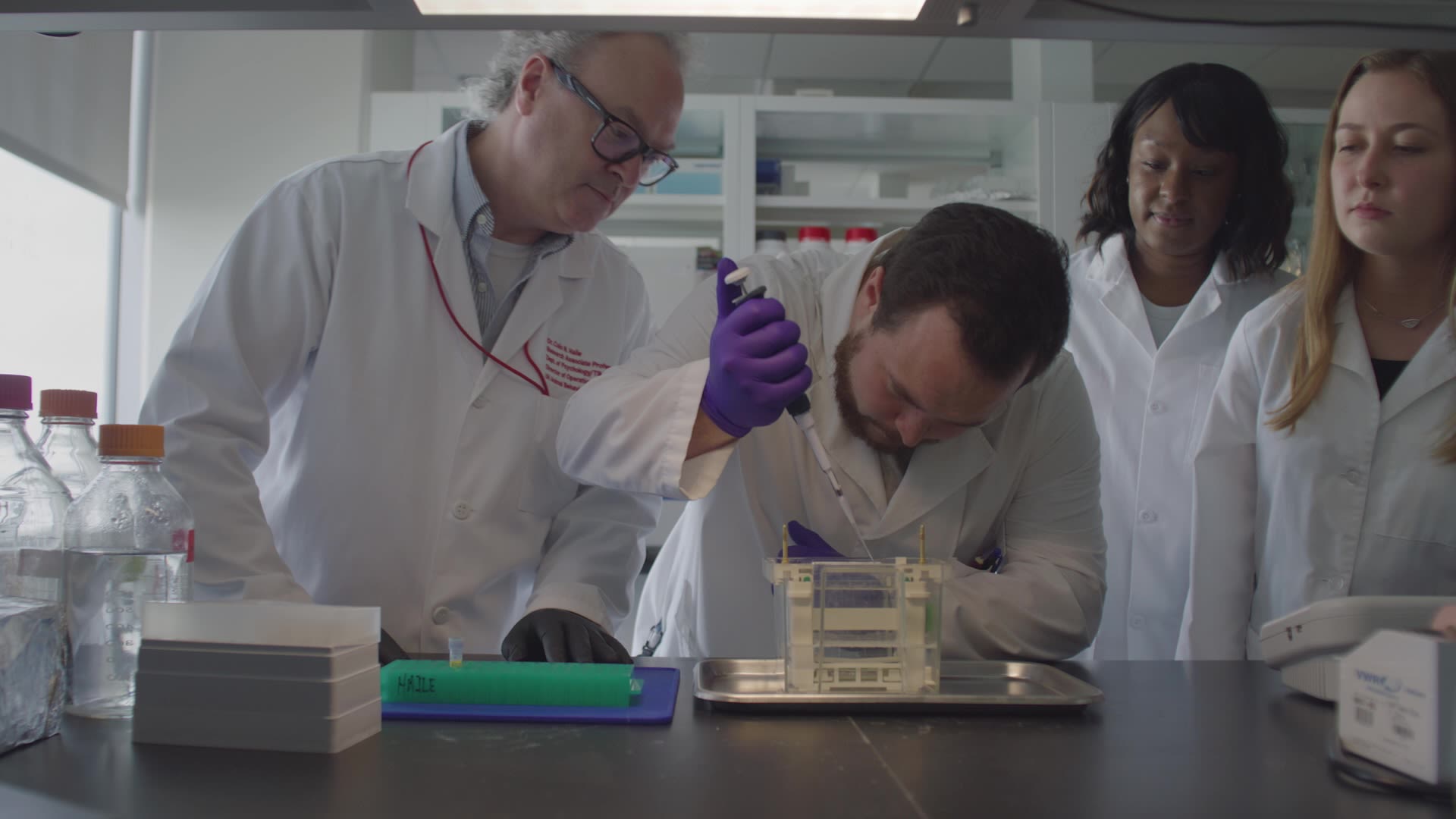
Scientific progress often feels far removed from everyday life, with breakthroughs unfolding through meticulous, gradual steps. At the University of Houston College of Pharmacy Drug Discovery Institute, this careful work is powerfully connected to people. Every discovery is driven by the potential to transform lives, turning complex science into medicines that bring hope and healing to patients and families worldwide.
At the institute, more than 100 faculty members are dedicated to advancing drug discovery research with a profound and far-reaching vision. Their work addresses some of the most pressing challenges of our time, including the opioid crisis, cancer, infectious diseases, autoimmune disorders, heart disease, neurological conditions, mental health, substance abuse, women's health and beyond — offering the potential to touch lives across the globe.
Here are three of the institute's groundbreaking projects poised to make a lasting impact on individuals everywhere.
Colin Haile
Research Associate Professor of Psychology at the University
of Houston and the UH Texas Institute for Measurement, Evaluation
and Statistics and a founding member of the UH Drug Discovery Institute.
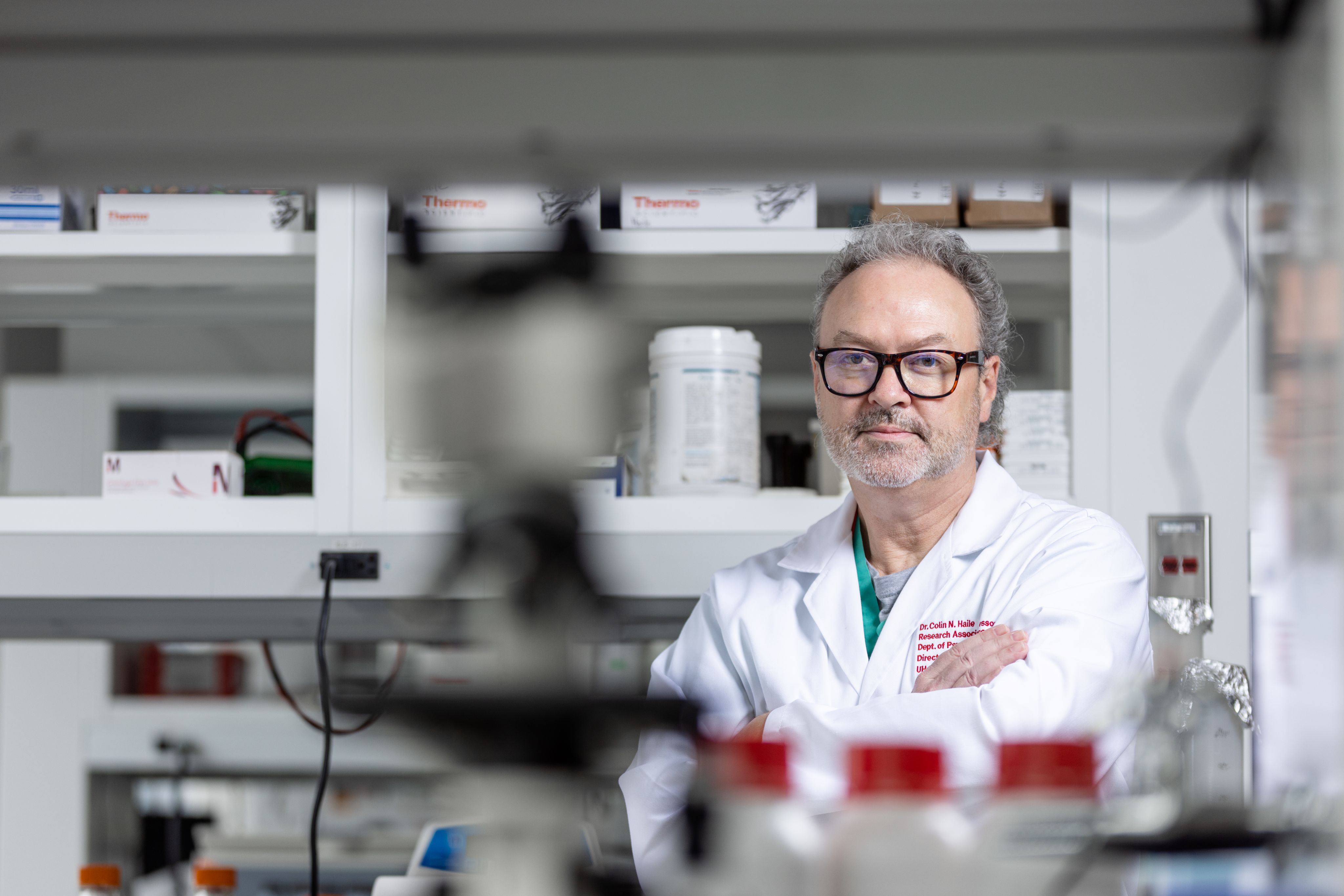
Colin Haile
Research Associate Professor of Psychology at UH and the UH Texas Institute for Measurement, Evaluation and Statistics and a founding member of the UH Drug Discovery Institute.

A Fentanyl Vaccine for the Opioid Crisis
More than 150 people die every day from overdoses of synthetic opioids including fentanyl, which is 50 times stronger than heroin and 100 times stronger than morphine. Consumption of about 2 milligrams of fentanyl (1/10th the weight of one grain of rice) is likely to be fatal depending on a person’s size.
On March 1, 2023, on Capitol Hill, the House of Representatives Subcommittee on Crime and Federal Government Surveillance stated its case clearly: “We have heard from too many parents who have tragically lost their children to this poison. We must be determined to fight the scourge of fentanyl. We must break the cycle as well of drug addiction, and we must stop the loss of life from this deadly and terrible plague.”
It was as if they were speaking directly to Colin Haile, a research associate professor of psychology at the University of Houston and the UH Texas Institute for Measurement, Evaluation and Statistics and a founding member of the UH Drug Discovery Institute.
Haile was well on his way, already developing a fentanyl vaccine, a relapse prevention agent that could prevent overdose by blocking the drug from entering the brain, eliminating the “high” from users.
A Fentanyl Vaccine for the Opioid Crisis
More than150 people die every day from overdoses of synthetic opioids including fentanyl, which is 50 times stronger than heroin and 100 times stronger than morphine. Consumption of about 2 milligrams of fentanyl (1/10th the weight of one grain of rice) is likely to be fatal depending on a person’s size.
On March 1, 2023, on Capitol Hill, the House of Representatives Subcommittee on Crime and Federal Government Surveillance stated its case clearly: “We have heard from too many parents who have tragically lost their children to this poison. We must be determined to fight the scourge of fentanyl. We must break the cycle as well of drug addiction, and we must stop the loss of life from this deadly and terrible plague.”
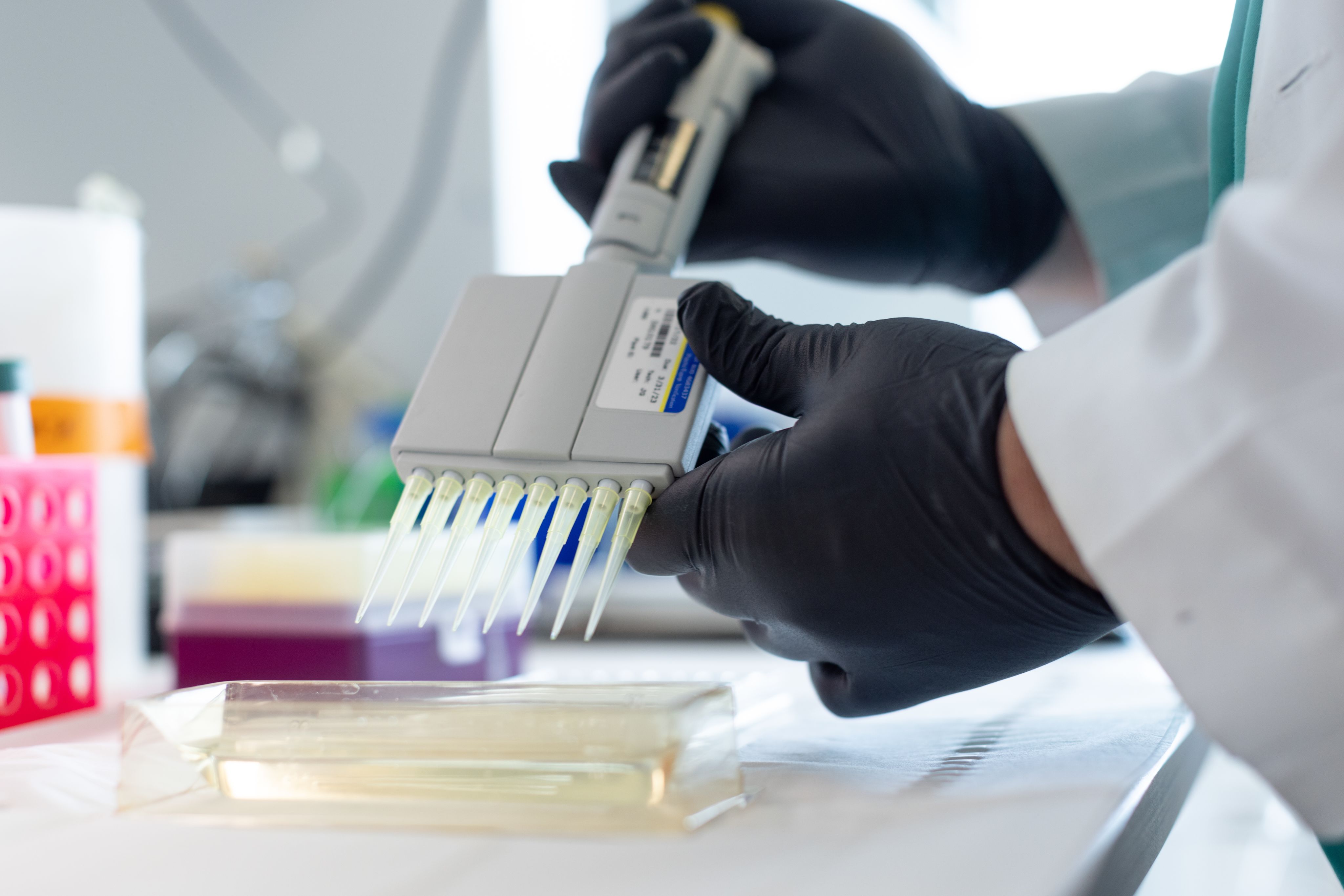
It was as if they were speaking directly to Colin Haile, a research associate professor of psychology at the University of Houston and the UH Texas Institute for Measurement, Evaluation and Statistics and a founding member of the UH Drug Discovery Institute.
Haile was well on his way, already developing a fentanyl vaccine, a relapse prevention agent that could prevent overdose by blocking the drug from entering the brain, eliminating the “high” from users.

"We believe these findings could have a significant impact on a very serious problem plaguing society for years."
Colin Haile
“We believe these findings could have a significant impact on a very serious problem plaguing society for years – opioid misuse,” said Haile. “Our vaccine is able to generate anti-fentanyl antibodies that bind to the consumed fentanyl and prevent it from entering the brain, allowing it to be eliminated out of the body via the kidneys. Thus, the individual will not feel the euphoric effects and can ‘get back on the wagon’ to sobriety,” said Haile.
Wei-Chuan Shih
UH Cullen College of Engineering Professor of Electrical and Computer Engineering
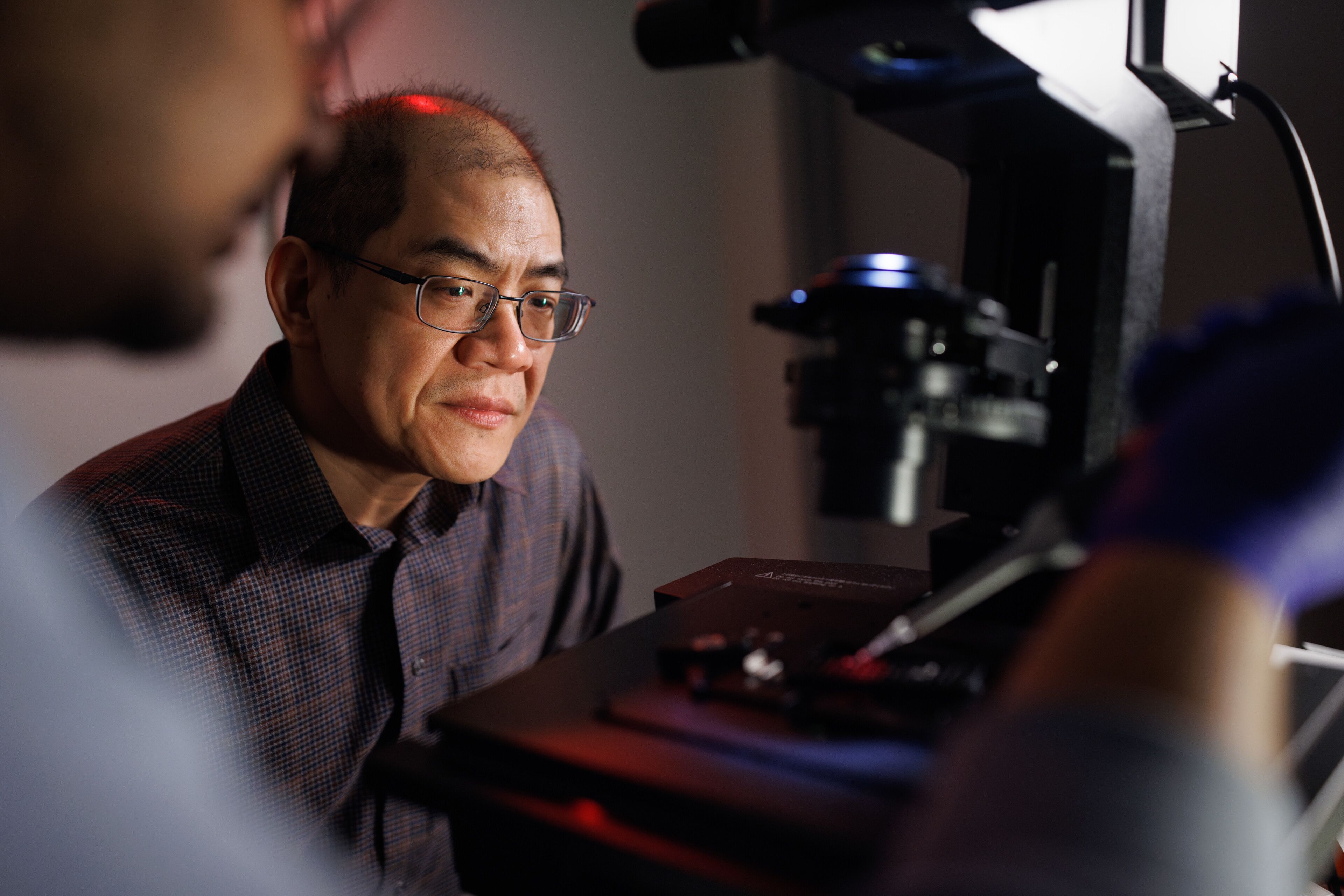
Advancing Cancer Detection
Imagine cancer detection as simple as taking a blood test. Wei-Chuan Shih does, and he’s making it a reality. The UH Cullen College of Engineering professor of electrical and computer engineering has created a method to peer inside tiny membrane sacs - with a 98.7% accuracy rate. Shih’s method combines his previously developed PANORAMA imaging with fluorescent imaging to get a proper picture.
The combination technology has the potential to detect cancer at its earliest stages and improve treatment efficacy.
Cancer, the second leading cause of death in the United States and a major cause worldwide, is a disease that spares no one, and any breakthrough in its treatment could hold the potential to affect every person on the planet.
The remarkably precise method allows researchers to peer into nanometer-sized membrane sacs, called small extracellular vesicles, that can be detected in the bloodstream and can carry different types of cargos, like proteins, nucleic acids and metabolites.
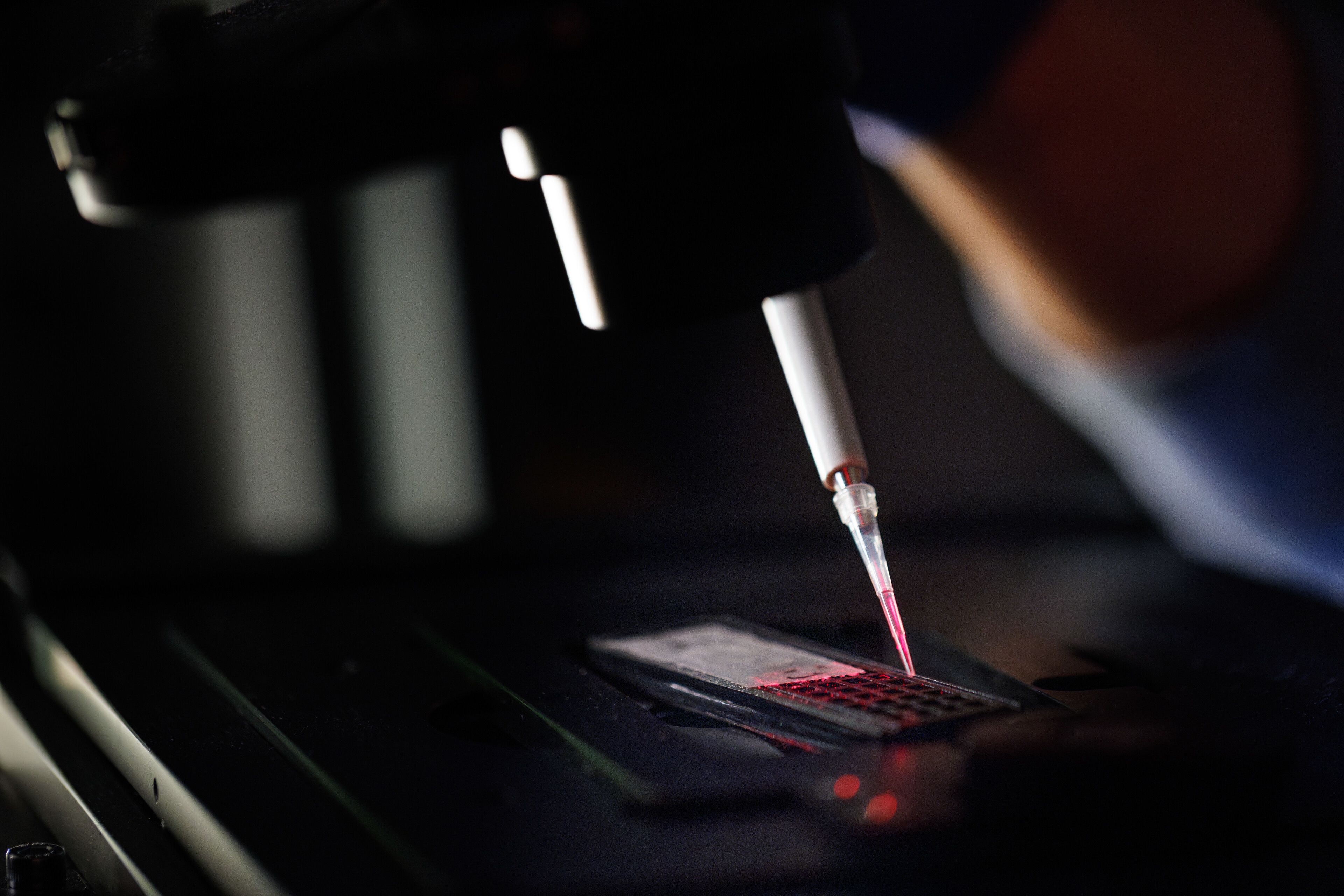
The remarkably precise method allows researchers to peer into nanometer-sized membrane sacs, called small extracellular vesicles, that can be detected in the bloodstream and can carry different types of cargos, like proteins, nucleic acids and metabolites.
Analysis of these sacs can potentially improve cancer detection and diagnostics, but until Shih’s combination technology, it was nearly impossible because the tools used were not sensitive enough, couldn’t measure a wide range of changes and required complicated processes to label or tag what was being studied.

Analysis of these sacs can potentially improve cancer detection and diagnostics, but until Shih’s combination technology, it was nearly impossible because the tools used were not sensitive enough, couldn’t measure a wide range of changes and required complicated processes to label or tag what was being studied.
“Detecting these small sacs and analyzing their contents may potentially help us diagnose disease, for example by observing differences in their numbers or contents in the blood of patients with cancer versus healthy people,” said Shih.
“Our techniques and findings can impact the understanding of cancer biology and the development of new cancer detection and diagnostic technologies,” he said.
"Our techniques and findings can impact the understanding of cancer biology and the development of new cancer detection and diagnostic technologies."
Wei-Chuan Shih
“Detecting these small sacs and analyzing their contents may potentially help us diagnose disease, for example by observing differences in their numbers or contents in the blood of patients with cancer versus healthy people,” said Shih.
“Our techniques and findings can impact the understanding of cancer biology and the development of new cancer detection and diagnostic technologies,” he said.
"Our techniques and findings can impact the understanding of cancer biology and the development of new cancer detection and diagnostic technologies."
Wei-Chuan Shih
Vincent Tam
Professor of Pharmacy Practice and Translational Research at the UH College of Pharmacy
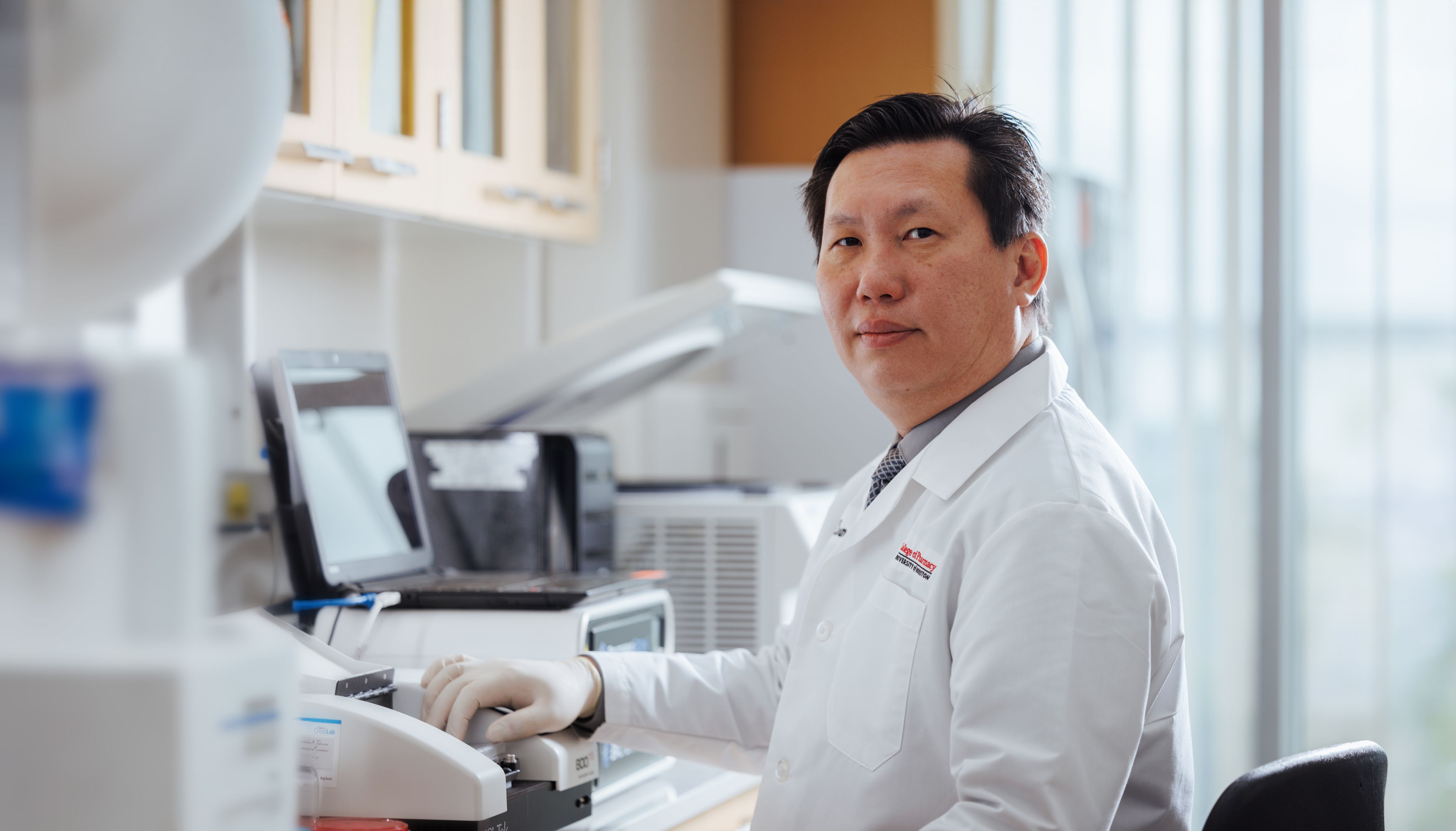
Outsmarting Superbugs Resistant to Antibiotics
Have you recently given any thought to "survival of the fittest" or just concluded that it ended when humans were victorious? Well, you may want to give it another think, and this time, think small — like millions of times smaller than humans, and there you may find gram negative bacteria, those that, through evolution, have grown to outsmart and outlive any antibiotic thrown at them.
According to the National Institutes of Health, “gram-negative bacteria are among the world's most significant public health problems due to their high resistance to antibiotics. These microorganisms have significant clinical importance in hospitals because they often require patients to be in the intensive care unit, and patients are at high risk of morbidity and mortality.”
In response, the NIH awarded $3.96 million to Vincent Tam, professor of pharmacy practice and translational research at the UH College of Pharmacy, to outsmart these superbugs by designing more effective combination therapies that can overcome their defenses.
“Upon completion of our research, clinicians could be guided in the selection of combination therapy, without comprehensive knowledge of the resistance mechanisms involved,” said Tam.
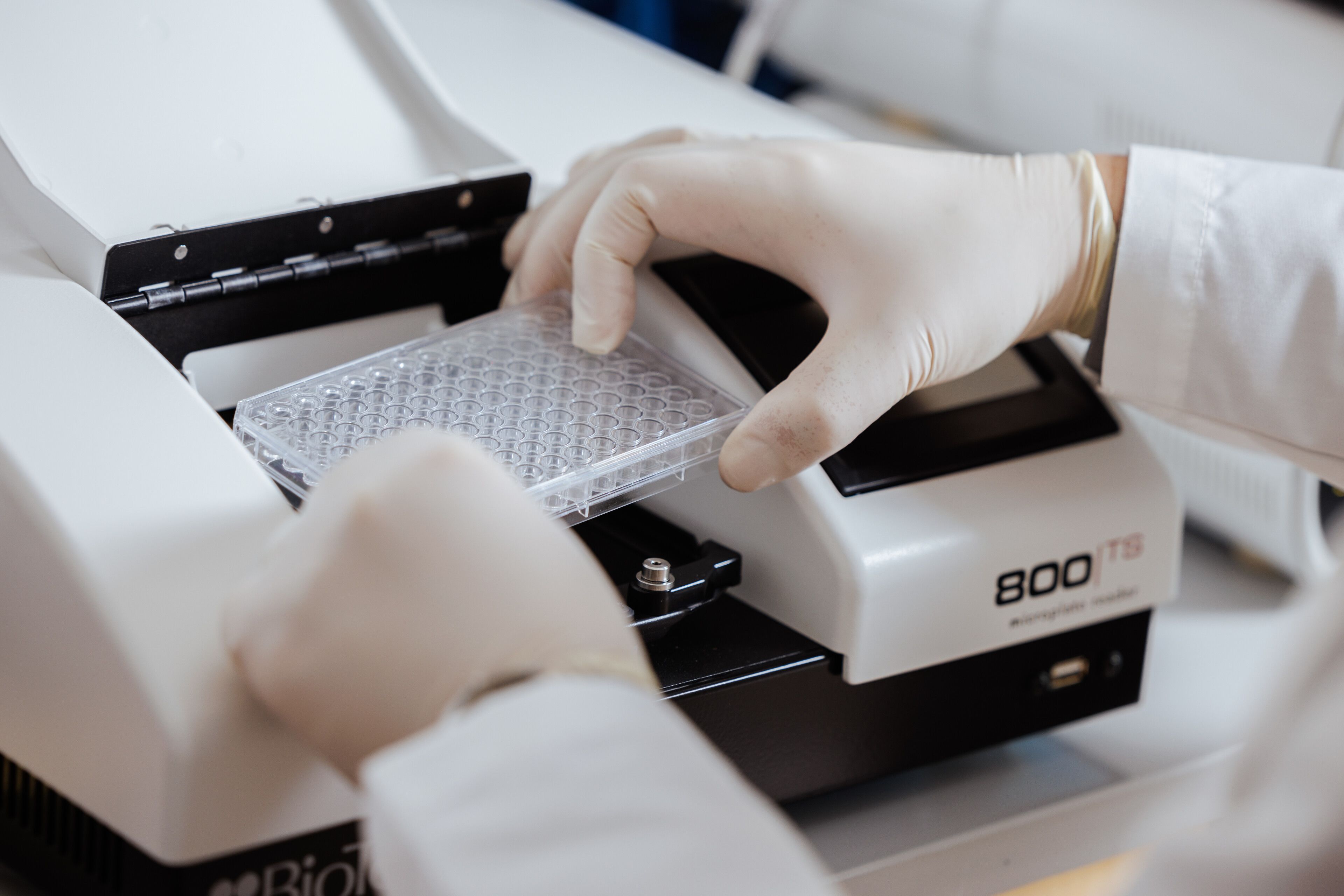
Tam is first identifying useful antibiotic combinations against multidrug resistant bacteria and then validating the mathematical model predictions with clinical outcomes. Though he’s using three highly resistant gram-negative strains, his work is not confined to a specific antimicrobial agent or pathogen combination.
“It could be extrapolated to other antimicrobial agents (e.g., antibacterials, antifungals and antiretrovirals) with different mechanisms of action, as well as to other pathogens (e.g., Neisseria gonorrhoeae, Candida auris, and HIV) with different microbiological characteristics,” said Tam.

"Upon completion of our research, clinicians could be guided in the selection of combination therapy, without comprehensive knowledge of the resistance mechanisms involved."
Vincent Tam
Tam is first identifying useful antibiotic combinations against multidrug resistant bacteria and then validating the mathematical model predictions with clinical outcomes. Though he’s using three highly resistant gram-negative strains, his work is not confined to a specific antimicrobial agent or pathogen combination.
“It could be extrapolated to other antimicrobial agents (e.g., antibacterials, antifungals and antiretrovirals) with different mechanisms of action, as well as to other pathogens (e.g., Neisseria gonorrhoeae, Candida auris, and HIV) with different microbiological characteristics,” said Tam.
Illnesses like bacterial infections, cancer, opioid addictions, heart disease, autoimmune conditions and countless others don’t just take lives — they shatter them, stealing time, hope and happiness from individuals and families. Their impact is universal, leaving no one untouched. That’s why the University of Houston Drug Discovery Institute is advancing patient-focused scientific innovation with a singular purpose: to revolutionize treatments and confront the scourge of illnesses that burden humankind, bringing hope and healing to those who suffer.
"Upon completion of our research, clinicians could be guided in the selection of combination therapy, without comprehensive knowledge of the resistance mechanisms involved."
Vincent Tam
Tam is first identifying useful antibiotic combinations against multidrug resistant bacteria and then validating the mathematical model predictions with clinical outcomes. Though he’s using three highly resistant gram-negative strains, his work is not confined to a specific antimicrobial agent or pathogen combination.
“It could be extrapolated to other antimicrobial agents (e.g., antibacterials, antifungals and antiretrovirals) with different mechanisms of action, as well as to other pathogens (e.g., Neisseria gonorrhoeae, Candida auris, and HIV) with different microbiological characteristics,” said Tam.
Illnesses like bacterial infections, cancer, opioid addictions, heart disease, autoimmune conditions and countless others don’t just take lives — they shatter them, stealing time, hope and happiness from individuals and families. Their impact is universal, leaving no one untouched. That’s why the University of Houston Drug Discovery Institute is advancing patient-focused scientific innovation with a singular purpose: to revolutionize treatments and confront the scourge of illnesses that burden humankind, bringing hope and healing to those who suffer.



